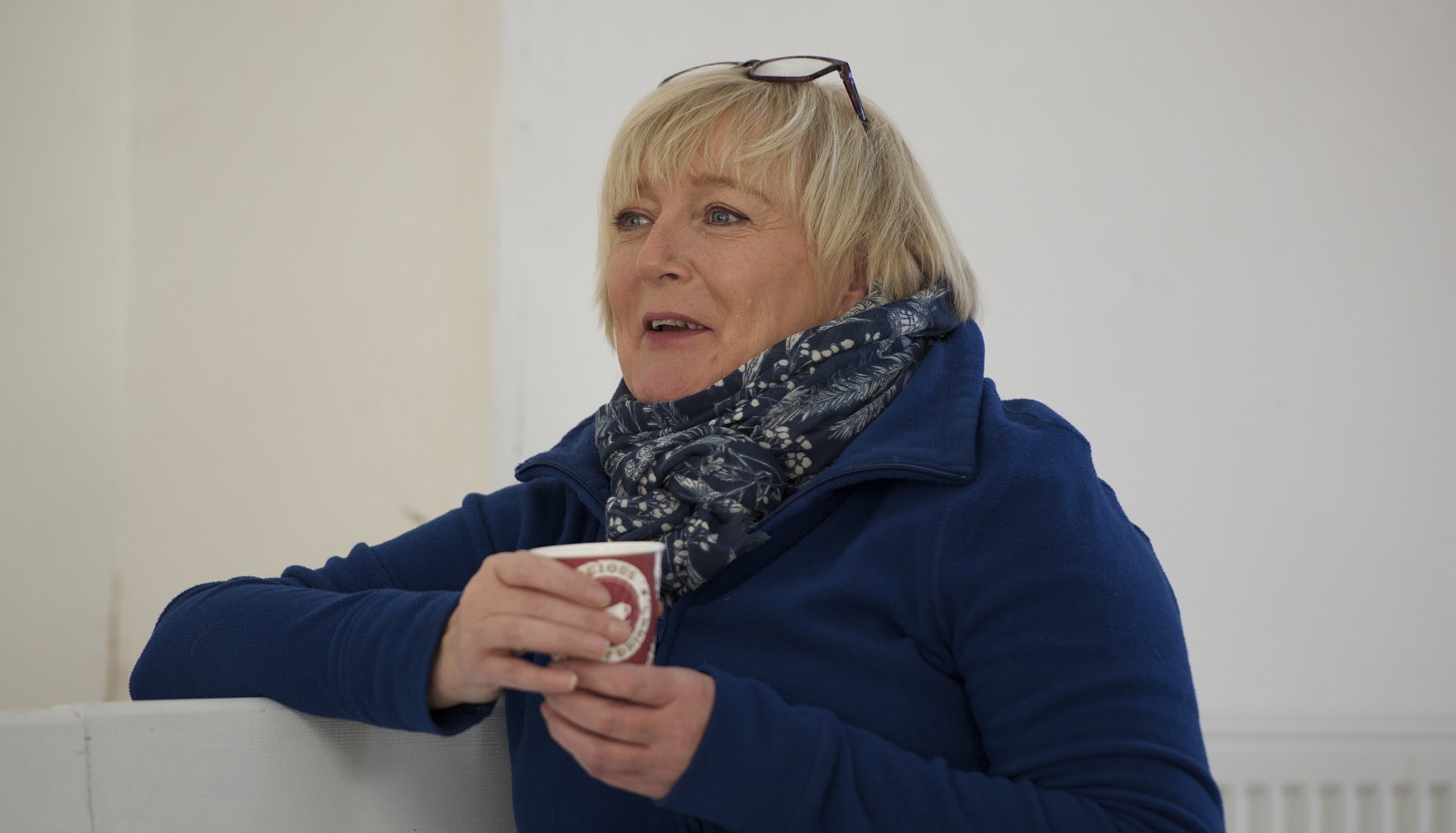If you think that the current political scene is tumultuous it is as nothing compared to the second half of the 1970s, especially the years between 1974 and 1979 which is the period from Harold Wilson’s general election win in the former to Margaret Thatcher’s victory in the latter. For those of you fortunate enough to be too young to remember the era, the Labour government’s majority throughout most of that time was nonexistent and a series of deals needed to be done with the minority parties of the day. So far so good. The problems arise when you and your allies have a majority of one or two and your M.P.s fall ill or even die off. If that was not bad enough you also have a couple of rebels who keep either abstaining or voting with the Opposition.
In 1975 Jeremy Thorpe, the leader of the Liberal Party with whom you have a pact, is rumoured to have been involved with the attempted murder of his male model lover. He was eventually acquitted but his political career was at an end and he resigned in 1976. There is more. In 1974 one of your senior M.P.s, John Stonehouse, who has several companies most of which are in financial difficulties, indulges in some ‘creative accounting’ but when that fails he fakes his own death by leaving his clothes in a pile on a beach in Miami, leading people to think that he has drowned or been eaten by a shark. He was arrested in Australia on Christmas Eve 1974 and sent back to the U.K. where he was tried and sentenced to seven years in prison. Not done yet! In 1976 Harold Wilson decided to resign as Prime Minister, leaving James Callaghan to take over. In rugby this would be known as a hospital pass. All of these shenanigans make Brexit and the Trump administration look positively normal.

 James Graham’s – no relation – play covering this period just has to be a comedy; it almost writes itself especially when you throw in the episode when Michael Heseltine grabbed the mace in the House of Commons, thus earning him the nickname Tarzan. All of the above incidents are obviously covered but the play concentrates on the relationship between the Government and Opposition Whips, both with each other and their respective M.P.s.
James Graham’s – no relation – play covering this period just has to be a comedy; it almost writes itself especially when you throw in the episode when Michael Heseltine grabbed the mace in the House of Commons, thus earning him the nickname Tarzan. All of the above incidents are obviously covered but the play concentrates on the relationship between the Government and Opposition Whips, both with each other and their respective M.P.s.
I must begin by saying that I found a lot of the humour fairly juvenile but the rest of the audience seemed to appreciate it. The participants were written more as caricatures rather than characters which gave it more of a farcical feel than a comedy. Having said that, it was very well staged. The acting was superb in a piece which lasted for two and a half hours and was crammed with dialogue and action. The whips were on stage for almost all of the play and the other actors played multiple parts. The set design was novel in that the green benches of the House of Commons were occupied by audience members who become a part of the action. The stage space was deftly transformed from the House to the Strangers Bar to the Chapel and even the inside of Elizabeth Tower which houses Big Ben.
There are a number of dance interludes and a couple of songs the music for which was provided by a four-piece outfit which in the first half was a long-haired rock group, but by the second half had morphed into a punk band. The lighting and sound were brilliantly produced with an instant switch from ‘normal’ to the hushed echo of the Chapel. A back projection signified the scenes in the House using the Elizabeth Tower clock face and stained glass when in the Chapel.
The play is a joint National Theatre, Chichester Festival Theatre and Headlong production. The West Yorkshire Playhouse is the first stop in a national tour which I am sure will do well. My only concern is that the younger members of the audience will get the impression that this is the way in which government actually works thus becoming cynical of the system. We older audience members know that this is how government works and have already become cynical.



